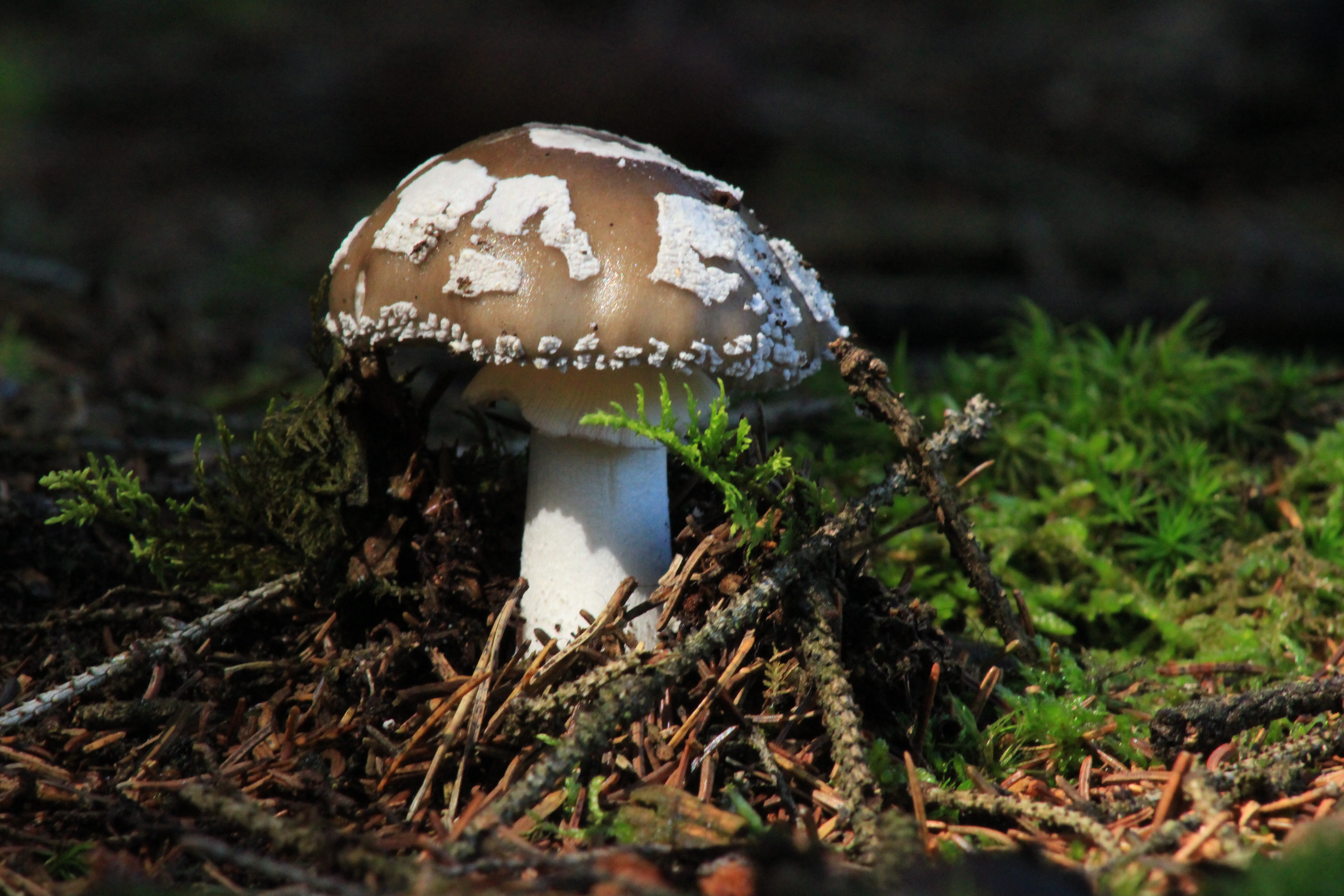Mushroom Pests and Diseases

This post is also available in:
This post is also available in:
![]() हिन्दी (Hindi)
हिन्दी (Hindi)
Most disease outbreaks or pest infestations in mushroom growing facilities rise for improper pasteurization of the compost (or generally the substrate) that is used. Then, due to watering, the airflow, and the equipment, the spread of the disease is relatively easy and hard to control. If an infection is observed, the grower needs to determine the economic threshold and decide if he/she will invest in implementing control measures. Of course, this may vary depending on the farm management, pest population, species, etc.
Some general rules that can help.
- Pasteurize the substrate, the planting beds, and the equipment used properly.
- Shield the growing area properly so no external microorganisms or insects can enter.
- Maintain a proper environment (temperature, humidity, etc.) that favors the fast growth of mushrooms and is less supportive of pests.
- Constantly monitor your crop often to spot early a possible problem.
- If a management-control strategy has been implemented, the farmer should evaluate its efficacy and follow up if needed.
Important mushroom Pests
- Sciaridae and Phoridae species are disease vectors that can cause severe problems for mushroom cultivation—the Sciaridae open holes in the mushrooms (the periods, too but not that often). The larvae of both species can feed on the compost and damage the mycelium. To avoid infestation and eliminate the larvae from the compost, it is essential to turn the compost pill properly during the composting process and maintain strict hygiene in the growing room.
- Mycophagous and Saprophagous Mites: Mites live inside the raw materials used in mushroom cultivation, introduced by flies. More specifically, the saprophagous mites can damage the mycelium, leading to shrunken caps and complete destruction in buttons of common and tropical mushrooms. Thus, it is vital to sterilize all the substrates properly. If a mushroom house has been infested with such pests, the compost, and the facilities must be sprayed with suitable products (consult your local licensed agronomist).
- Nematodes (Mycophagous and Saprophagous): These are among the most deadly and common mushroom pests found in almost all soils, in straw, horse and chicken manure, saw, etc. They can cause the death of the mycelium, leading to sufficient yield losses. Depending on the nematode species, they can cause direct or indirect losses due to mushroom damage, degradation of compost quality, etc. Some common symptoms of nematode infestation are mycelium’s patchy appearance and the beds’ fruiting bodies. Additionally, the pinheads are misformed, stunted, and have a brown appearance, while a strong smell is built up due to bacteria growing on the site as well. To limit the risk of infection and reduce its impact, the farmer should properly pasteurize the compost and casing materials, disinfect the trays and bags and choose resistant mushroom varieties to grow.
Important mushroom Diseases
- Soft mildew or Cobweb caused by the Dactylium dendroides fungus.
It commonly appears as a fluffy white mold covering the surface of the substrate. It develops inside the substrate, favored by high moisture and humidity, and kills the mushrooms. Thus it is very important to properly sterilize all the substrates before inoculating them with the mushroom spawn, improve airflow inside the growing room and prevent excess humidity. - Wet Bubble or White Mold disease is caused by Mycogone perniciosa fungus. It is a common mushroom disease during which the grower can observe a white mat of mycelium with a cauliflower-type appearance (that gradually turns brown) covering the mushrooms. Usually, an unpleasant smell comes out from the infected beds.
- White plaster mold caused by Scopulariopsis fimicola fungus. A white (later pinkish) catastrophic mold appears on the mycelium. Pests are the primary vectors. Chemical control may be needed.
- Bacterial Blotch or bacteria Spot disease caused by the Pseudomonas tolaasii bacterium. The bacteria cause brown, sunken lesions on the mushroom’s cap, reducing their commercial value. The spots expand under favorable conditions (excessive humidity and temperature above 20°C), gradually covering a larger part of the mushroom, giving it a slimy feeling. The pathogen is transmitted with mites, phorid flies, and sciarids. To control the disease, the grower needs to manage better the beds’ watering, the humidity (below 85%), and the temperature in the mushroom house.
Further reading
15 Interesting Facts About Mushrooms
Mushrooms: Information, Nutritional Value and Health Benefits
How to Easily Grow Mushrooms at Home
How to Start a Mushroom Farm for Profit
Mushroom Biological Cycle and Growing Requirements
Where can I grow Mushrooms – Mushroom facilities & equipment
Growing Media/ Substrates for Mushroom Cultivation
How to Produce Composted Substrate for Mushroom Cultivation
Mushroom Harvest, Yields, and Post-Harvest Handling
Mushroom Pests and Diseases
References
- https://extension.psu.edu/basic-ipm-practices-for-organic-mushroom-farms-what-is-integrated-pest-management
- https://www.slideshare.net/VikasTiwari166/diseases-and-insect-pests-of-mushroom
- https://www.researchgate.net/publication/355408581_Mushroom_Diseases_Pests_and_Their_Management
- https://nios.ac.in/media/documents/vocational/mushroom_production_(revised)(618)/Lesson-08.pdf









































































